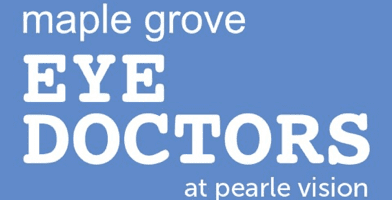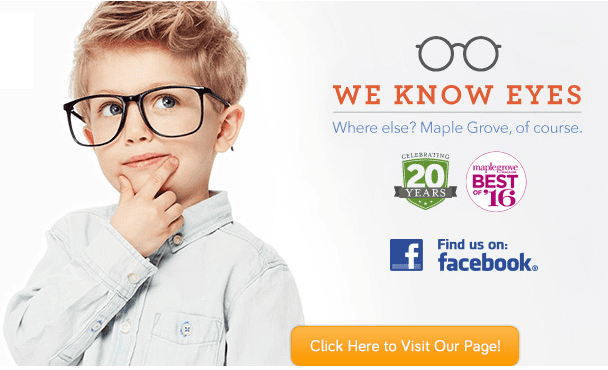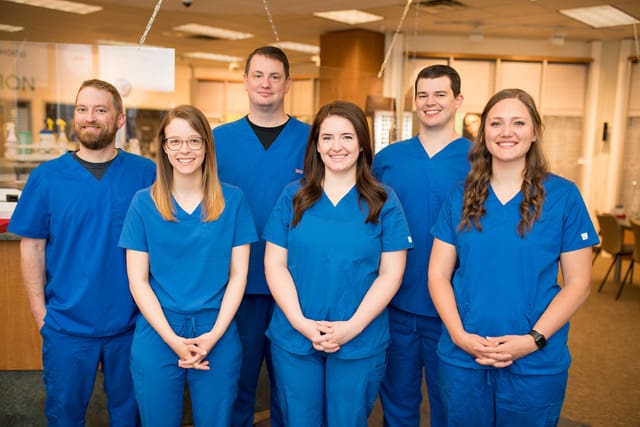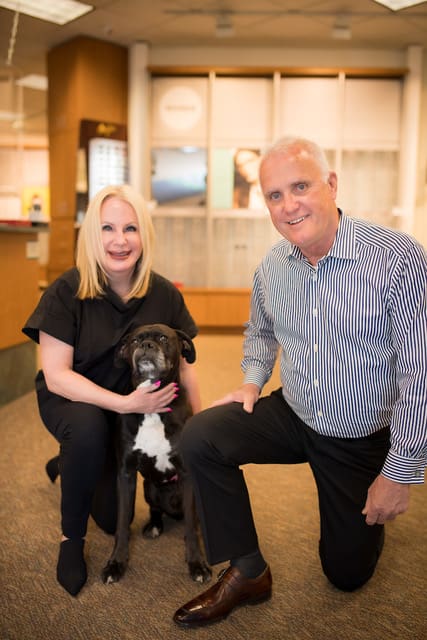Technology: causing problems or solving problems for our vision? Maybe it’s a little of both—though the problems are minor and the solutions major. In a previous post, I discussed the Smartphone Squint—the challenges of blurred vision or dry eyes (referred to as Computer Vision Syndrome, CVS) and how to prevent and deal with these symptoms. While today’s many digital devices and screens may at times place some strain on the eyes, there is also multitude of ways both presently and in the works that technology is benefiting our sight. Smart phones, mobile devices, apps, and new medical technology are ushering in new ways to diagnose, treat, and aid our vision.
New medical technology in the world of optometry is making the way we isolate and diagnose eye issues more comprehensive, efficient, accessible, and even cost-effective. Case in point: a profound and inexpensive way to detect cataracts, the world’s leading cause of blindness, with an attachment for your mobile phone! MIT researchers have created a device called CATRA that attaches to your mobile phone or even iPod, scans your eyes and detects the presence of cataracts in minutes. The add on is priced under $2 bucks! Imagine how this can change optometry worldwide and allow for more information, and in the future, more advanced treatment options like possibly treating specific areas of cloudiness rather than removal of the entire lens. [Learn more about CATRA from MIT here.]
Another recent piece of eye-tech that has transformed many optometry offices is Digital Retina Imaging (DRI) . DRI scans the entire retina giving doctors a view to the back of your eyes through remarkably clear and enlarged images without having to dilate your pupils. While traditional exams only looked at a small portion of the retina, DRI looks at 85% of the retina. DRI can help catch common eye and systemic diseases early on, including macular degeneration, glaucoma, diabetes and cancer.
Beyond detection, technology is also opening the door to futuristic possibilities like the bionic contact lens. No longer merely a piece of science fiction, these lenses are smart contact lenses with opto-electric components and hundreds of LEDs with sensors that track markers of a person’s health like glucose levels, and prototypes display text and images. They could be as common one day as smart phones.
Coming back to the present, there are some more novelty forms of technology that are also giving us a better look at our eyes, like mobile apps that can test your vision for fun or improve reading conditions. For example, Eye Reader app for iPhone illuminates the text you’re reading and can magnify it up to 5 times!
Another fun app to check out is the Vision Test app for iPhone, which include features that measure your visual perception, far field vision, and color accuracy! These apps are for entertainment and educational purposes only and do not substitute the need for regular, annual eye exams from your doctor.
Schedule your exam exam online today right here at PearleVisionMapleGrove.com





